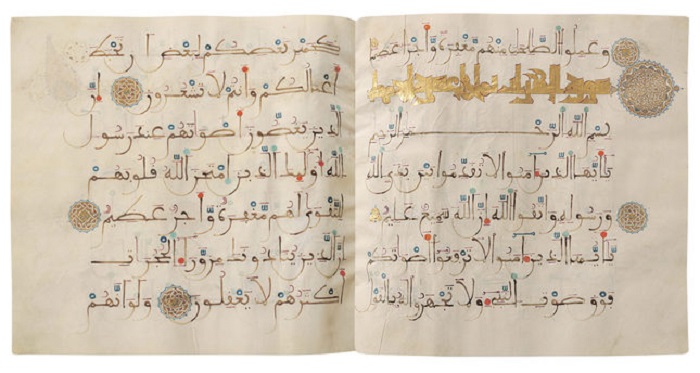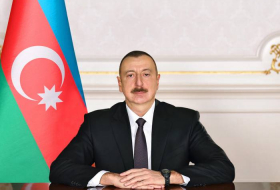Unique Andalusian calligraphy at Istanbul`s Kufi exhibition

The exhibition "Calligraphy of the Miracle Book: Kufic," exhibits copies of the Quran written in Kufic, and explores Andalusia`s effect and contribution on Islamic book art through works created during Islam`s heyday in Europe. Quran manuscripts, written on square shape parchments with sepia ink in Maghrebi script, and ornamented with illustrations, will be on display until May 10 at the Turkish and Islamic Arts Museum. The exhibition offers art lovers a chance to explore magnificent Quran manuscripts produced in Andalusia over three hundred years, and brings the craftsmanship and talent of the masters that produced these 11th and 13th century copies into the light.
Islamic civilization in Andalusia introduced significant philosophers and scientists such as Abu`l-Qasim and ibn Rushd, better known to the West as Averroes, to the world and played an important role in shaping the intellectual future of the Medieval Europe. The Quran manuscripts displayed at "Calligraphy of The Miracle Book: Kufic," produced during the period of the Almohad Caliphate (1157-1232), were written by the prominent calligraphers of the time and ornamented by the most gifted illuminators. The Andalusian calligraphers used Maghrebi script, which is a kind of Kufic style that is considered the calligraphy style of the very first Quran manuscripts.
Since the peak of Islamic literature in Andalusia, poetry was one of the most important branches of art, and the walls and columns of the Alhambra were decorated with more than 50 poems and Quran verses. Islamic civilization, which still mesmerizes readers with its poetic style, used literature and Kufic calligraphy on the walls of palaces as well as in daily life.
"Calligraphy of The Miracle Book: Kufic" offers art lovers a chance to trace the art of book writing in Andalusian Islamic civilization. Organized by the Islamic Culture and Art Platform, under the auspices of Presidency of the Republic of Turkey with support of Turkish Airlines, the exhibition is curated by Sevgi Kutluay. The scientific board of the exhibition features influential academics such as Professor Tayyar Altınkulaç, Assistant Professor Süleyman Berk, Assistant Professor Kamil Yaşaroğlu and Sevgi Kutluay.














































